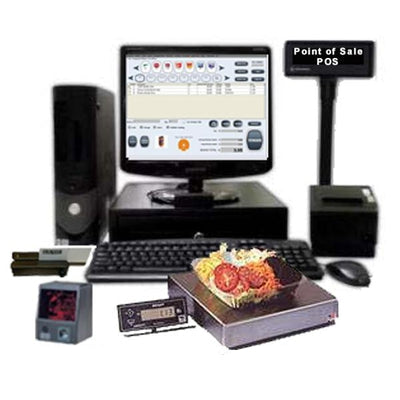The tools that drive the retail and service industries are changing. Modern POS technology is at the heart of this revolution. They combine the power of hardware and software to go far beyond the conventional cash register as well as receipt. It’s no longer just about collecting payments. Today, the point of sales is operational intelligence, customer insight and seamless integration with every aspect of business.
The Heart of the System: How POS Software Goes Beyond Transactions
Point of Sale POS software is an administrative center that can handle basic transactions. It tracks inventory sold, updates stock levels in real-time and provides alerts whenever stocks of a product are at a low level. It keeps track of sales and preferences and converts every transaction into valuable data that can be used to assist in the development of future purchasing and marketing strategies.
A good POS can be integrated with different departments. This aspect is often neglected. Instead of coordinating payroll separately For instance, some systems include time clock functionality which directly informs employee schedules and wage calculations. The result is a smoother process for employees and less administrative stress.

POS software provides an option for synchronization that is vital for businesses with both an online and local presence. The items displayed in stores will reflect online inventory in real-time. This can prevent double-selling as well as inventory inconsistencies. As trends in shopping shift to shopping with a hybrid approach where customers browse online and then purchase at the store, this method of synchronization becomes indispensable.
Why integration is more crucial than ever
Integration is where the modern POS point of sale system truly shines. The days of having to juggle different tools that don’t “talk” with each other are gone. The power of a solid POS system lies in its ability to connect staff management, sales as well as inventory and accounting.
Take into account the customer experience. A simple scan at the point of purchase can pull up a customer’s loyalty points as well as apply discount coupons to relevant items, and then send an e-receipt directly to their inbox all without slowing the process. Backend, this sale updates revenue totals and inventory availability, and also daily reports. This provides a more personal shopping experience and reduces the need for manual input.
For business owners and managers This level of understanding is invaluable. This real-time, accurate data lets managers respond quicker to shifting patterns in demand, adapt pricing strategies and to staff their teams accordingly during high-demand times.
The Long-Term Benefits of Smart Investment
It’s not surprising that increasing numbers of enterprises invest in POS systems. They deliver measurable outcomes. They’re not just faster and more accurate, they also help make better decisions for long-term growth. A well-implemented point-of-sale system can simplify operations and reveal patterns you may have missed.
Additionally, as customer expectations increase, a modern point of sale setup is an insignificant but essential element of the customer experience. Nowadays, customers demand speedy check-outs, accurate and timely updates to inventory, and the ability to pay online. Companies that are able to meet these elements earn more trust and more frequent visits.
Final Thoughts
Modern POS systems aren’t just a way to check out. They’re a link between your employees, your products as well as your clients. A POS system that’s right for your company will help you make better decisions and make your business more efficient.
In a highly competitive marketplace to stay ahead, you must be knowledgeable, flexible and focused on the customer. When you have a smart and a well-integrated POS system on your side, not only are you making sales, but you are also making something that will last.